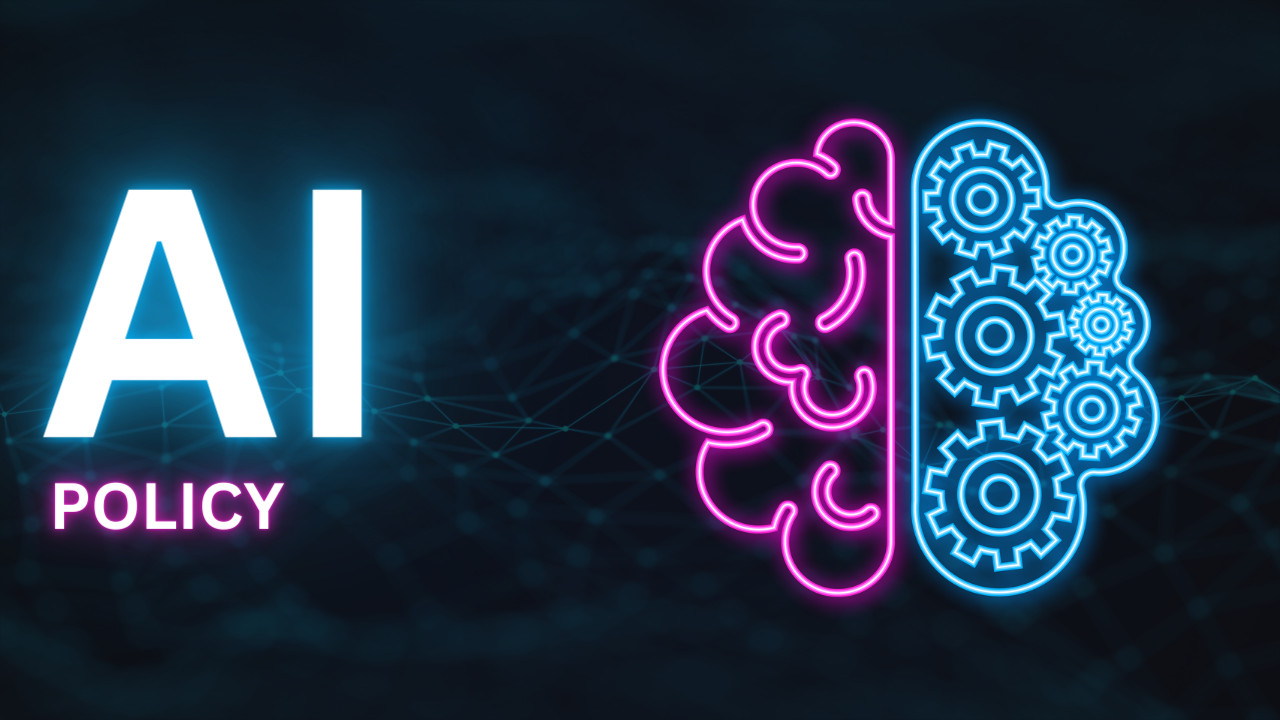-
Connect With Your Ottawa IT Service Company at (613) 828-1384
Connect With Your Ottawa IT Service Company at (613) 828-1384
As artificial intelligence (AI) integrates more deeply into the workplace, every organization needs clear guidelines. Your employees may already be using AI tools without a proper framework to guide them.
Your company may encounter unforeseen legal, ethical, and operational risks without a written AI policy. A written policy sets the boundaries of AI use and provides a foundation for responsible innovation and technology management within your firm.
The absence of a written AI policy leaves your organization vulnerable to misuse of the technology. It may also hinder your ability to harness its full potential effectively.
In crafting a comprehensive AI policy, you ensure every team member understands their rights and responsibilities concerning AI tools. This establishes a governance structure that promotes transparency, accountability, and trust between your organization and its employees, stakeholders, and customers.
Developing an AI policy ensures that your organization’s use of AI aligns with legal, ethical, and operational standards. This section outlines the crucial steps for crafting a comprehensive policy.
Before diving into policy creation, you need to define the scope and purpose of your AI policy. Establish clear objectives, such as compliance with regulations, ethical AI use, and alignment with organizational values.
Identify the AI technologies being used or considered and determine the potential risks and benefits associated with each. Then, start with a risk assessment to guide the focus of your policy.
Next, engage a diverse group of stakeholders to gather a wide range of perspectives and insights. This group should include:
Open communication with both internal and external stakeholders, such as customers and regulators, is essential for developing a policy that is both effective and transparent.
When drafting your AI policy, consider including the following key elements:
Ensure the policy is clear, concise, and accessible to all employees to promote understanding and compliance.

When crafting your organization’s AI policy, ensure that it encompasses essential principles and practical guidelines that align with your company’s values and legal frameworks. This policy should serve as a cornerstone document that helps your employees navigate the complexities of AI usage.
Your AI policy should begin with a Code of Ethics, which sets the ethical framework for all AI-related activities in your organization. Embedding values such as fairness, transparency, and accountability is vital. For example:
Under Usage Guidelines, you should provide specific protocols on how AI tools and technologies are to be employed. Key points may include:
In the section on Data Management, outline the obligations for handling data in AI systems. This involves:
The Compliance and Monitoring subsection should detail how compliance with the AI policy will be ensured and tracked. Elements to be included:
Lastly, your policy should clearly articulate the process for Reporting Violations. It must facilitate easy reporting and protect those who come forward. For instance:
To ensure compliance and efficacy, your organization’s written AI policy rollout should involve a thorough training program and seamless integration into your existing corporate framework.
Your employees must understand the AI policy’s stipulations and their practical applications. Consider the following action points:
The AI policy should be interwoven into your organization’s policies and procedures to avoid conflicts and ensure uniform compliance. Steps to achieve this include:
Effective oversight and enforcement are critical to ensure your organization’s AI policy adherence. An oversight committee establishes governance, while enforcement mechanisms ensure compliance.
Your AI policy should be governed by an Oversight Committee, a dedicated group responsible for the policy’s lifecycle. The committee’s role includes:
Enforcement Mechanisms are the tools and procedures you use to uphold the AI policy. They must be clear, actionable, and consistently applied. Key mechanisms include:
To ensure your AI policy remains effective and relevant, it’s vital to incorporate a structure for periodic review, encompassing internal feedback and regular updates.